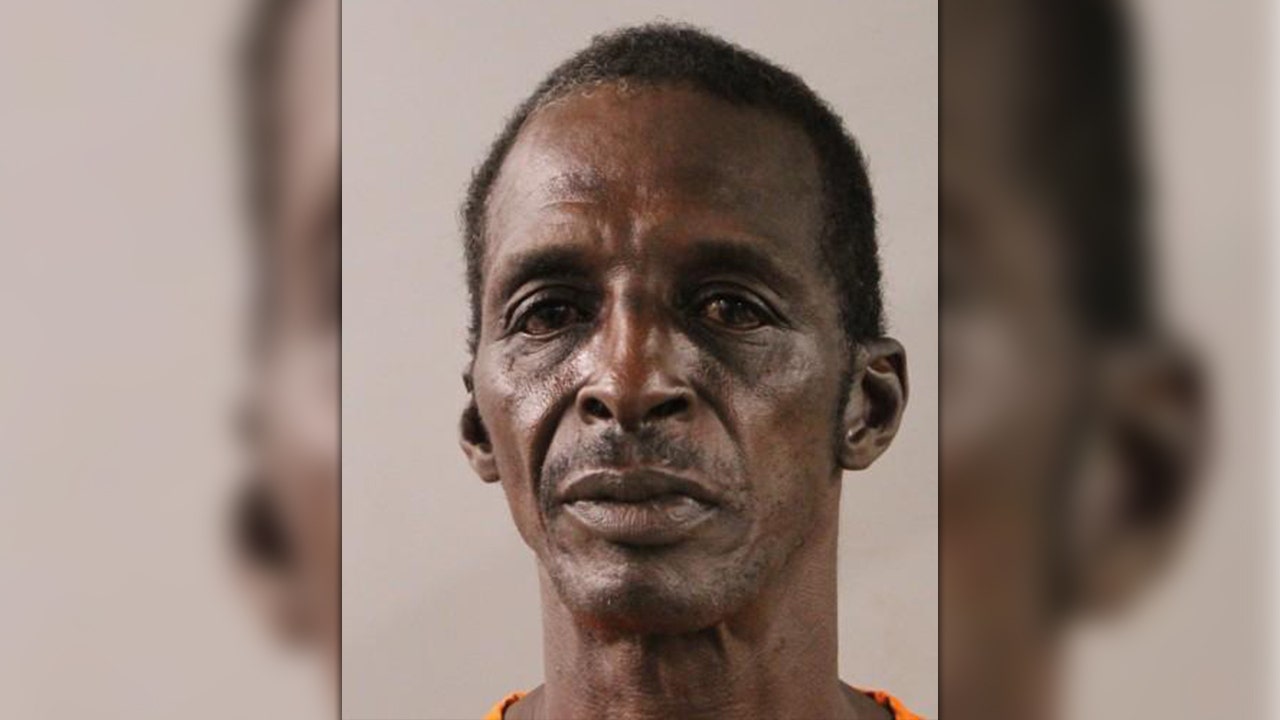RNZ understands communities in cut-off regions have limited reception and are unable to download articles and live updates which contain visuals and other embedded information. Updates posted here will contain text only, specifically so those of you in this position can read them.
These updates will be aimed at people in Piha, Coromandel Peninsula, Hawke’s Bay, Gisborne/ Tairāwhiti and Wairarapa.
Please look for your region, new updates will have the time they are being posted so people have the most current information.
*Live updates: Land still moving, communities remain cut off and death toll rises to six.
Auckland / Northland
10.26am: Top Energy says 2750 people in the Far North are without power, while Northpower says just over 7000 of its customers also still don’t have power.
Vector says there are 8000 homes across the Auckland region without power.
6.16am: Slips are still moving in Piha on Auckland’s west coast, and some people are still being evacuated. There is now road and phone access to the busy settlement, but some roads within the town are inaccessible.
All the baches on the South Piha beachfront have been red-stickered – they are flooded, and have a huge slip looming over them. The surf club custodian, Paul Newnham, says many of the roads are still moving, and he urged people not to visit.
Waikato including Coromandel Peninsula
6.26am: Waikato Civil Defence says it also heard the thunderstorms rolling across central regions of the North Island late on Thursday. About 4400 lightning strikes were registered.
Hawke’s Bay
10.57am: Eastland Network general manager Jared Moroney has told Nine to Noon he is unable to say when power will be restored to all 1000 customers in Wairoa, but help is on the way. He says work to repair the lines is being hampered by access problems, including slips and downed bridges.
10.53am: The government says there are 1900 people in Hawke’s Bay staying in evacuation centres.
10.30am: Transpower says 31,000 people in Napier are still without power.
10.12am: Hastings Mayor Sandra Hazlehurst told Morning Report eight bridges in the district were “devastated” and another 15 “aren’t in action”.
Roads to the south – from Wellington, Waipukurau, and central Hawke’s Bay were fine, she said, but those to the north – “from Wairoa and to Taupō” – were not.
Those without power in Haumoana and Te Awanga would be receiving hand-delivered flyers today, providing them with information about how to get through, she said.
Hazlehurst said there were 515 people in evacuation centres overnight and the council was speaking to the government about where those who had been displaced could go.
10.08am: The port has reopened and food and fuel supplies are expected to begin arriving in the region, which Napier Mayor Kirsten Wise told Morning Report would be “some good news” for the community while people waited for the power situation to be resolved.
9.58am: State Highway 2 and State Highway 51 are open (the latter only for emergency and critical services), though the mayors of both Napier and Hastings are asking that people only travel if absolutely essential.
Checking on vulnerable family members and loved ones was a valid reason to be travelling, Napier Mayor Kirsten Wise told Morning Report, however making the drive solely to access power or a hot shower, was not.
“The priority is for our emergency and essential service workers to be able to get through.”
Hawke’s Bay Airport is open and travelling there in order to leave the region was another valid reason to be using the expressway, she said.
“If you have somewhere to go outside of the region and you would like to do that, then please do.”
8.34am: Hawke’s Bay civil defence is working to fly food into the dozens of remote settlements still cut off and without communications.
Local controller Iain Maxwell told Morning Report fuel and food are likely to be dropped in by helicopter soon.
6.28am: Wairoa is running short of fuel and water, and electricity is patchy, but help and supplies are starting to arrive.
6.26am: Napier City Council says no new flooding has occurred in the city and there are no new evacuation orders. The drinking water supply in Napier is not currently at risk, and the water is safe to drink.
6.25am: Hawke’s Bay Civil Defence and the Defence Force are delivering supplies to local communities, and supermarkets are open with generators.
6.21am: People impacted by flooding may be able to access financial support in the form of a Civil Defence payment through Work and Income.
6.17am: Hastings residents unable to get internet access will be able to read about the latest post-cyclone news in a free newspaper today. The district council says Hawke’s Bay Today will provide a broad update on everything people need to know about the storm’s impact.
It says it will be too hard to deliver the paper to letterboxes, so it will be available at drop-off points in Napier, Hastings, and central Hawke’s Bay. The council says it would also like to get the paper to Wairoa, but it has not solved that problem yet.
6.16am: Extra police will be patrolling the streets of Central Hawke’s Bay overnight to reassure the community.
The district council says evacuated residents who are unable to stay with friends or family can stay at the evacuation centre, at the Municipal Theatre in Waipawa.
Gisborne / Tairāwhiti
11.24am: Urgent: Stop Using Water in Gisborne – Gisborne’s water treatment plant has failed. MP Kiri Allan has posted on Instagram asking residents to cease using water in Gisborne City until further notice.
Council manager Scotty Sharp says people need to stop using water in Gisborne City until further notice.
“Stop all use right now,” he said. “Everything, absolutely everything.”
“Critical, it’s absolutely critical. We need to get the info out to the public because it’s just failed and it’s just failed now.”
Sharp says the council doesn’t know why it’s failed, but silt could have overloaded the system.
10.56am: Eastland Network general manager Jared Moroney has told Nine to Noon he is unable to say when power will be restored to all 1100 customers across Tairāwhiti, but help is on the way. He says work to repair the lines is being hampered by access problems, including slips and downed bridges.
10.54am: The government says there are 400 people in Tairāwhiti staying in evacuation centres.
10.51am:HMNZS Manawanui dropped off supplies at some centres along the coast north of Gisborne last night – but couldn’t make a drop at Tolaga Bay as planned, because of the amount of forestry slash in the harbour.
A surf lifesaving team was supposed to go out and meet the ship, but were unable due to low light.
10.29am: Transpower says over 2000 customers still don’t have power.
6.31am: The navy ship HMNZS Manawanui is due to arrive in Gisborne on Friday after dropping off food and water at Tokomaru Bay on Thursday.
Wairarapa
8.26am: Wairarapa region civil defence controller Steven May told Morning Report they were not aware of people still being cut off, though the road situation was “very marginal” with “significant slips that will take multiple days to clear”.
“Safety is first and we can’t get to some of these slips until the rain stops and there’s an assessment of them.”
The roads affected were rural roads, not state highways, so would not be marked on Waka Kotahi’s closure maps, he said.
Up to 2000 people who had been cut off were yesterday reached by the defence force, which delivered two days’ worth of food and essentials to settlements on the Wairarapa coast.
Cellphone reception is back up and running.
At least 25 homes and one school in the area have been damaged in high floodwaters.
No major rain is forecast for the area over the next couple of days, which May says will give civil defence an opportunity to better assess the situation in communities across the Wairarapa.
National Emergency Management Agency advice:
- Put safety first. Don’t take any chances. Act quickly if you see rising water. Floods and flash floods can happen quickly. If you see rising water do not wait for official warnings. Head for higher ground and stay away from floodwater.
- Do not try to walk, play, swim, or drive in floodwater: even water just 15 centimetres deep can sweep you off your feet, and half a metre of water will carry away most vehicles.
- If you have evacuated, please stay where you are until you are given the all-clear to go home.
- If you don’t need to evacuate, support those who do by staying home, staying off roads and staying safe.
- If you are not able to contact your whānau in the heavily affected areas go to Police 105 website and complete the inquiry form or phone 105 and remember to update if you reconnect through other means.
- Throw away food and drinking water that has come into contact with floodwater as it is often contaminated and can make you sick.
- If you are without power eat the food from your fridge first, then your freezer. Then eat the food in the cupboard or your emergency kit.
- People should stay up to date with the forecasts from MetService and continue to follow the advice of civil defence and emergency services.
- A National State of Emergency is in place for an initial period of seven days and applies to regions that have declared a local State of Emergency.





















Discussion about this post